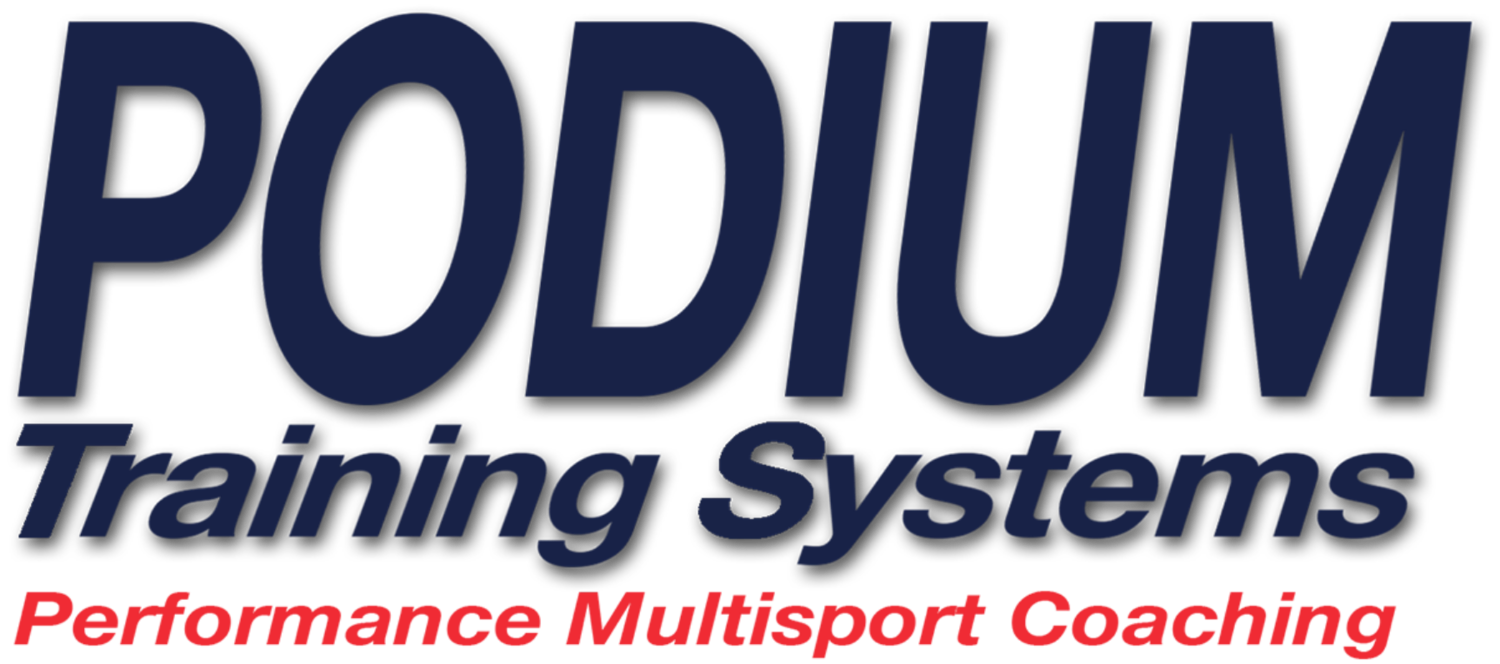I had a strong couple of
weeks leading up to the race, with a couple of break-through track
sessions. My coach, David, really enforced a solid down week leading up
to the race (but with a good amount of pops of speed work), so I was
feeling rested but also fast for the race.
Swim - Chaotic to say the least. There was a tremendous discrepancy in
terms of the swim course. So much so that David (who was also racing
with me and is in my age-group) suggested we step out of the mob till
they figure it out. Great advice as I was getting a bit
caught up in negative energy. I can't say that they ever came to a
consensus on the swim course but eventually it was my waves time to
start. I am a strong swimmer and always get in the front of the pack
for the start of the race. I did the same but was really unclear on
exactly where to swim. I figured I would just follow the wave before me
or perhaps another swimmer in my heat. Gun goes off and I am feeling
particularly strong. So much so that I take the lead in my wave which is
great but also a bit disconcerting as I am not clear where to swim. In
the end, I end up doing what it seems like everyone else is doing before me and exit the water in first place for my age-group.
T1
- I have been working on speeding this up, practicing it a bunch. I got
my wetsuit off rather quickly, although I did have to sit down which I
intend to do away with eventually. I have also been working on keeping
my shoes on the bike for a quick transition. I exit the transition
area and am on my bike. Slip one foot in my shoe but than really
struggle to get the other foot. David goes whizzing by me
with "get moving." I finally get it in, determine it was not too much
wasted time and off I go.
A quick 11 mile bike
ride. In the past I have struggled with never getting my heart-rate down
on these super sprints and being tapped out for the run, so I pushed on
the bike but also allowed my HR to come down a bit. Within a few
minutes I really felt great on bike, whizzing by lots
of people and enjoying my brand new Cervelo P2!
Into
T2 and I got a bit screwed up. Normally I am able to get out of my shoes very
easily, leaving them on the bike but misjudged the bike dismount this
time. I end up with one foot still clicked in on the bike and the
other one slipped out. I do a hobble to the bike rack with one bike shoe on
and barefoot on the other side, feeling a bit foolish but not too
worried. Quick T2. Grab my hat, race belt and slip on my shoes
I
feel good on the run, not great but good. I tell myself that its only 3
miles and go for it. Very quickly my legs come around and I know I am
having a good race. For me, it always comes down to the run. It seems to
be all or nothing. I can either keep a nice pace or it feels like I am
running through sludge. 1 mile becomes two and before I know it I am
heading into the finish chute. Pick up my youngest Son as I go by and
run across the finish line holding him.
I end up taking six minutes off my last years time...really really happy!
Place
4th in my age-group (last year I was 20th), missing 3rd by 18 seconds. I
immediately start questioning where I could have picked up those
seconds and start bumming myself out. At some point I have to remind
myself that I just took off a tremendous amount of time off last years
results (well at least my wife reminds me as much), I have improved
significantly (thanks in no small part to David- who won his age-group
by the way) and celebrate what I have just done...which I do with a
massive breakfast..A nice way to spend fathers day.
Thanks, Danny! Taking six minutes off your sprint triathlon time is massive. Proof that the hard work you're putting into your season is really paying off. Congrats!
